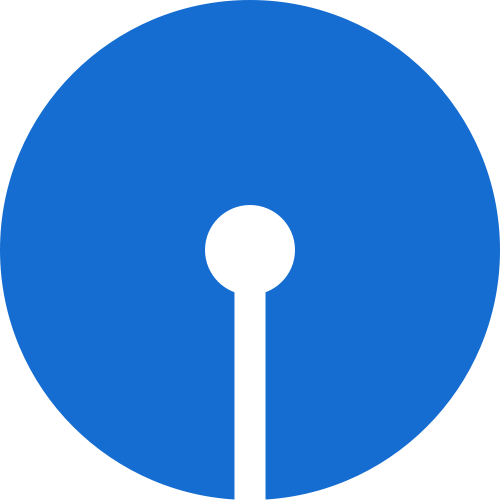
Life insurers have begun to spend big money on brand promotion. The market, after all, is crowded. At last count, there were 22 companies in the fray for a market estimated at Rs 55,355 crore. SBI Life, the 74:26 venture of State Bank of India and BNP Paribas Assurance, has been not as aggressive as its rivals so far as brand promotion is concerned. Where others rolled out campaign after campaign, SBI Life stuck to its old campaigns. It is only now, after a two-year hiatus, that it has come out with a brand new advertising campaign.
The ad, created by Ogilvy & Mather, shows a couple driving in the rain and listening to the radio, teasing and ribbing each other about their future plans. To create an emotional connect, the radio plays Hum jab honge saath sal ke’ (When we turn 60) which was sung by Kishore Kumar and Asha Bhonsle for the film, Bombay Talkies. It describes how the couple will grow old together. According to SBI Life’s Brand Head Chandramohan Mehra, the idea behind the campaign was to get young people to think about old age and how to secure it.
Though the communication retains its positioning of ‘celebrate life’, the insurer has chosen to make the brand more youthful. “We wanted to impart a youthful imagery because our core audiences are 30- to 45-year-old people in Tier II and III cities,” says Mehra. In all its earlier communications, the company had used elderly people extensively. “We have always reached out to people and connected with them emotionally. And this new commercial is a fresh and romantic take on a young couple’s dreams of old age,” says Ogilvy & Mather Chairman Piyush Pandey.
The penetration of the market is really low — just 15 per cent. But there are close to two dozen insurers eyeing a piece of the action. Any new campaign, therefore, needs a clear differentiator if it has to leave an impact. Thus, the objective of the SBI Life advertisement is to articulate life insurance benefits to its core audience. Equally important is the timing of the campaign. According to Mehra, almost 50 per cent of business takes place in the last quarter as individuals take policies to get tax benefits. This is the market the current campaign seeks to tap.
To break the clutter, the company along with creative agency Ogilvy & Mather used the blue ocean strategy to differentiate itself. The strategy urges companies to look at the alternatives and reasons why people refuse to come to your industry, which consequently begins to give you insights into the alternatives and non-customers, and thus aims to redefine the market space. “We eliminated the mandatory celebrity endorsement, we don’t spend as much as competition and we keep our ads simplistic,” says Mehra.

